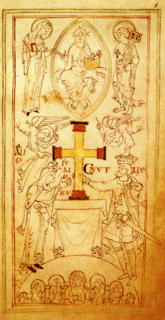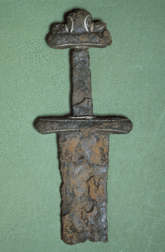An Icelandic saga
The Knytling Saga from the second half of the 1200s is the main work on Denmark’s history amongst the Icelandic saga literature. The Knytling Saga builds upon older Icelandic and Danish texts and it is possible that the author is the Icelandic historian Snorri Sturluson’s nephew Óláfr Þórðarson hvítaskáld (died 1259), who was connected to the court of King Valdemar the Victorious. The saga begins with Harald Bluetooth and tells the story of the Danish kings until the end of the Wendish Wars under Cnut and Absalon in 1187. Harald Bluetooth’s grandson Cnut the Great is described as a handsome and generous man, a proper king. However, the family as a whole does not receive unreserved praise.
“Cnut was a very large in stature and very strong and a fine man to look at, though his nose was thin, protruding and somewhat bent. He was fair in complexion, with fine hair and broad shoulders. With his eyes he was better equipped than anyone else: they were both attractive and sharp. He was a generous man, a great warrior and very brave with weapons, besides victorious in battle, a greatly blessed man in all concerning power and rule. He was not a particularly clever man, and the same applied to King Sweyn, and before him Harald and Gorm, that they were not exactly wise men.” (The Knytling Saga 20, translated into Danish by Jens Peter Ægidius, 1977).
Liber Vitae
The description of Cnut the Great is not far away from the impression one gets of the king in Winchester New Minster’s ‘Book of Life’ Liber Vitae from 1031. The book contains a list of the religious house’s members, friends and benefactors, who should be remembered with prayers. At the beginning of the book is a picture of Cnut holding a golden cross at the church’s altar. The king carries a sword of the type that Harald Bluetooth also might have owned.



